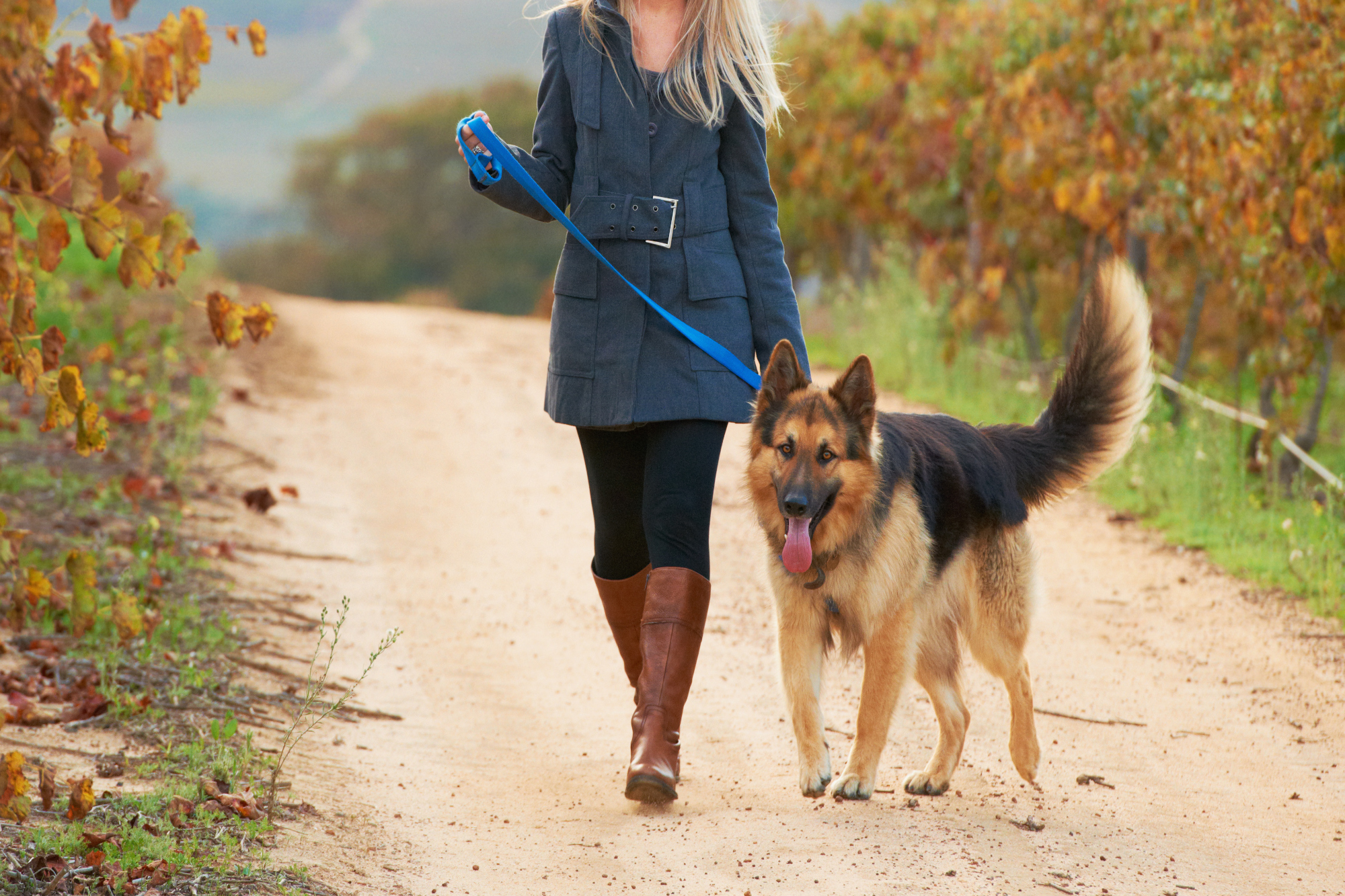To help your puppy adjust to his new home and family, we have new puppy tips! Consider using them for new pet care to help make the adjustment easier for you and for your new little friend. Don’t be alarmed if he doesn’t seem happy at first. Some dogs take a while to warm up.
Do Some Preparation Work Before Bringing The Puppy Home
Your puppy will eventually get used to his new home and family, but he will feel happier sooner if you have done a bit of preparation for his homecoming.
- Puppy-proof the home
- Put things out of reach that you don’t want him to touch, damage, or that could be dangerous to him: shoes and socks, plants, plastic bags, valuable items like vases and photos, electrical cords, and remote controls.
- Safely latches on lower kitchen cabinets may be needed if you keep cleaning products or food in them.
- Close doors to rooms that you want to keep off limits.
- Purchase the necessary supplies
- Be sure to have a collar, leash and an ID tag ready so that you can take him for a walk soon after he arrives.
- Have pet food, treats, and chew toys on hand as well as bowls for food and water.
- Plan for his sleeping arrangements and have a comfortable bed ready for him.
- Have a familiar item or two, such as a bowl or toy. A blanket that has been rubbed against his mother will carry her scent and comfort him at night.
- Get a pet carrier or a crate.
- Stain remover is a good idea and so is air freshener.
- Make rules for puppy and the household Be sure that the whole family knows the rules for the new family member and everyone should follow them consistently. You need to decide
- If he will be allowed on furniture, and which furniture if any.
- If you are or are not going to feed him food for humans or from the table.
- What behaviors you want to encourage and which ones you want to discourage.
- How you will reward good behavior and what you will do about bad behavior.
Expect Your Puppy to be Excited and Anxious at First
Your puppy may demonstrate a lot of stress at leaving his familiar surroundings and meeting his new home and family. There may be a lot of panting and pacing and he may vomit or have diarrhea. Do your best to cope without showing any alarm or anger.
Don’t feed him or give him water until he is less excited and nervous, which will help prevent accidents. After giving him a few minutes to look around his new home, leash him and take him for a short walk in the yard, or on the road or sidewalk until he has relieved himself. Avoid any situations that may be scary such coming face to face with the neighbor’s big, loud dog.
Help Make Your New Pet Feel Comfortable with These New Puppy Tips
Take him for frequent, short walks for a few days so that he becomes accustomed to his neighborhood, and learns that “going home” means returning to his new home. If he seems afraid of going out for a walk at first, just stick to going outside and walking back and forth by the house.
Right from the start, you should be very consistent about the house rules and his routines of eating, sleeping, walking, and playing. Make sure he learns his boundaries and don’t give him too much freedom of choice about what he does. He will become comfortable more quickly when he knows the rules and what to expect.
Make an Appointment with a Veterinarian
Depending on where or how you have purchased or been given your new little pet, he may have already had a recent medical checkup and may even have had the first of his vaccinations, which are usually given at 6-8 weeks.
However, even if that is the case, make an appointment to have an “introductory” visit so that your puppy can meet the vet and you can ask about the best food to buy, arrange a vaccination schedule, and ask any questions about his care or training that you may have.
Do you have new puppy tips to share with us? Please comment below!
Creative Commons Attribution: Permission is granted to repost this article in its entirety with credit to Hastings Veterinary Hospital and a clickable link back to this page.
Image credit: Pixabay






